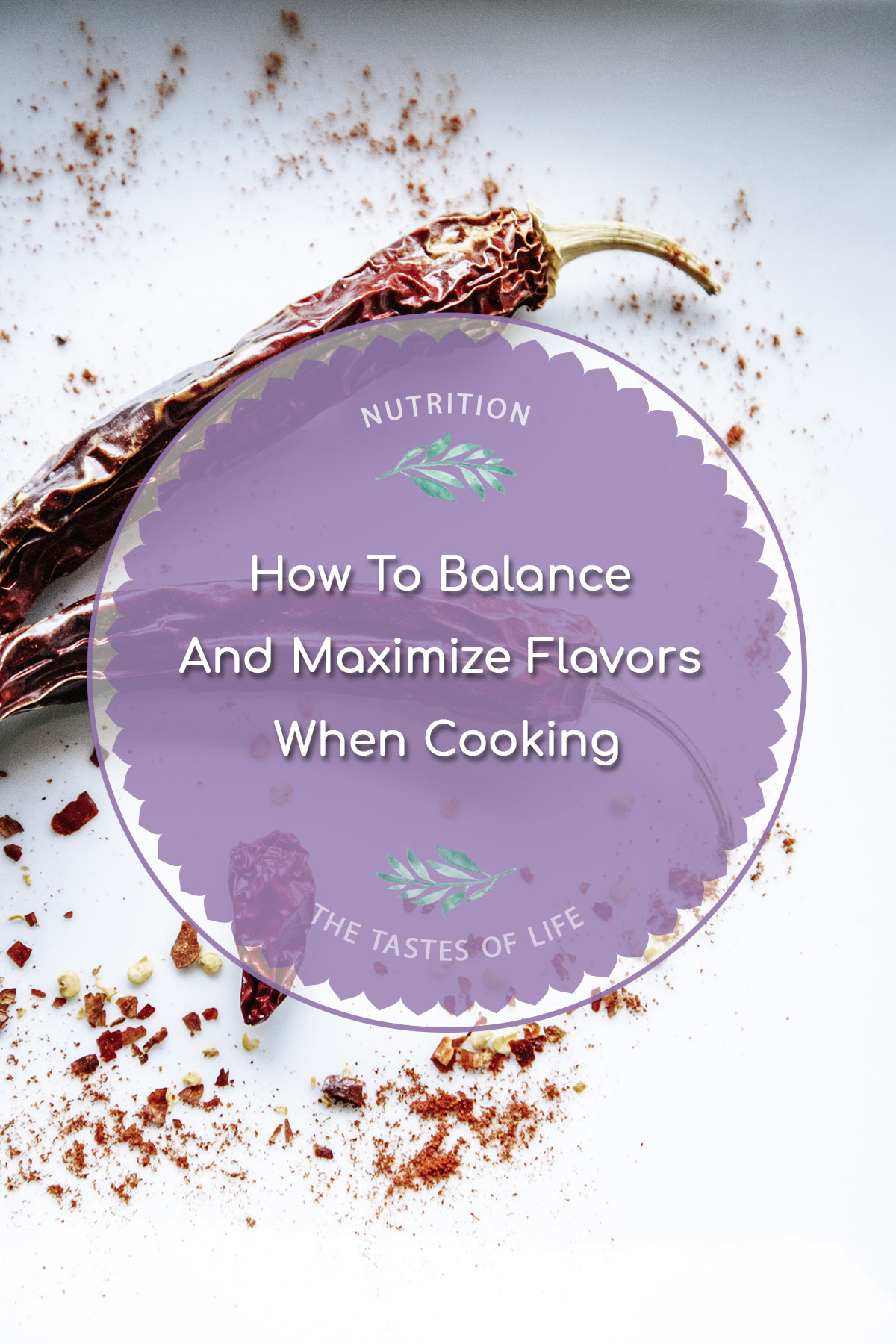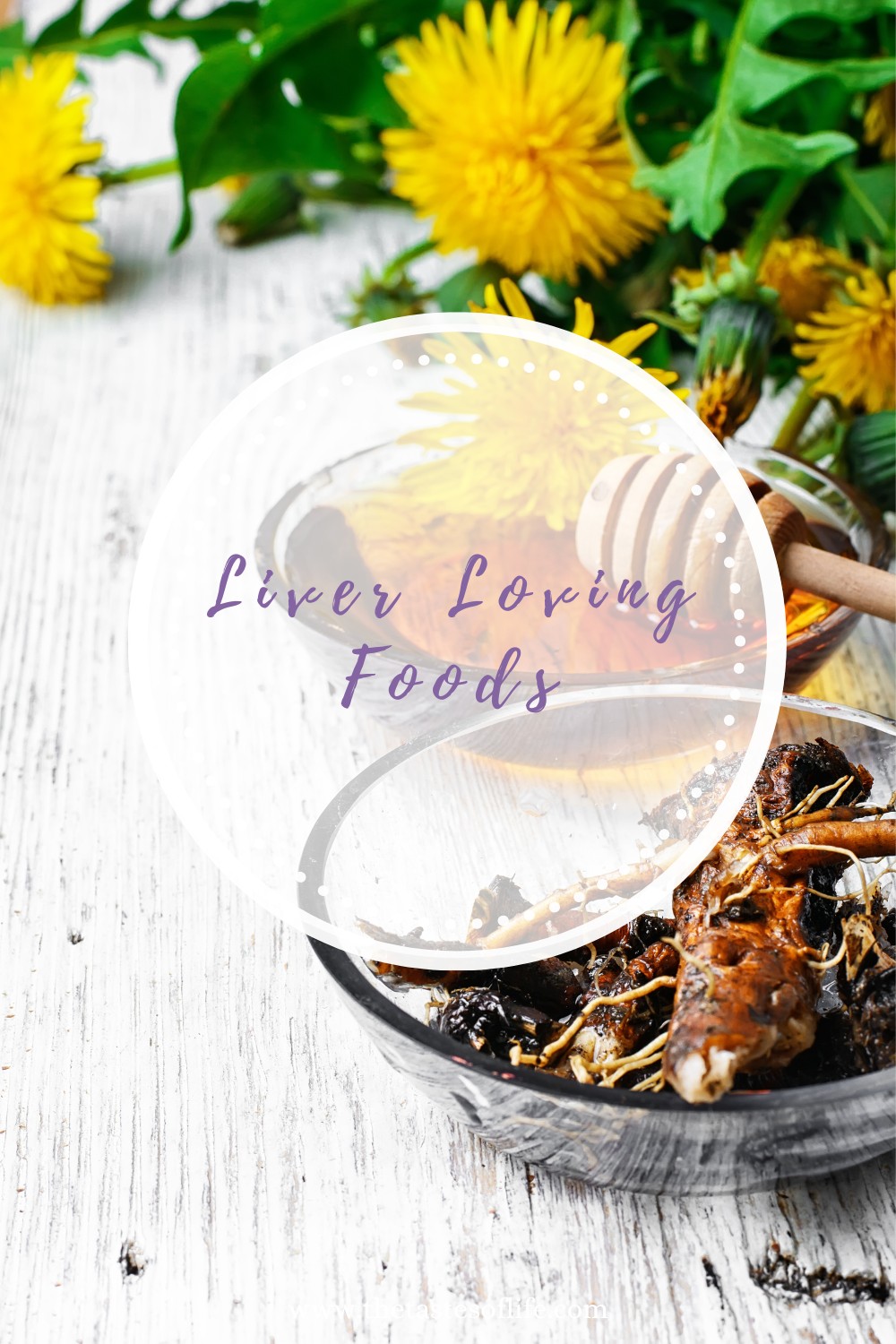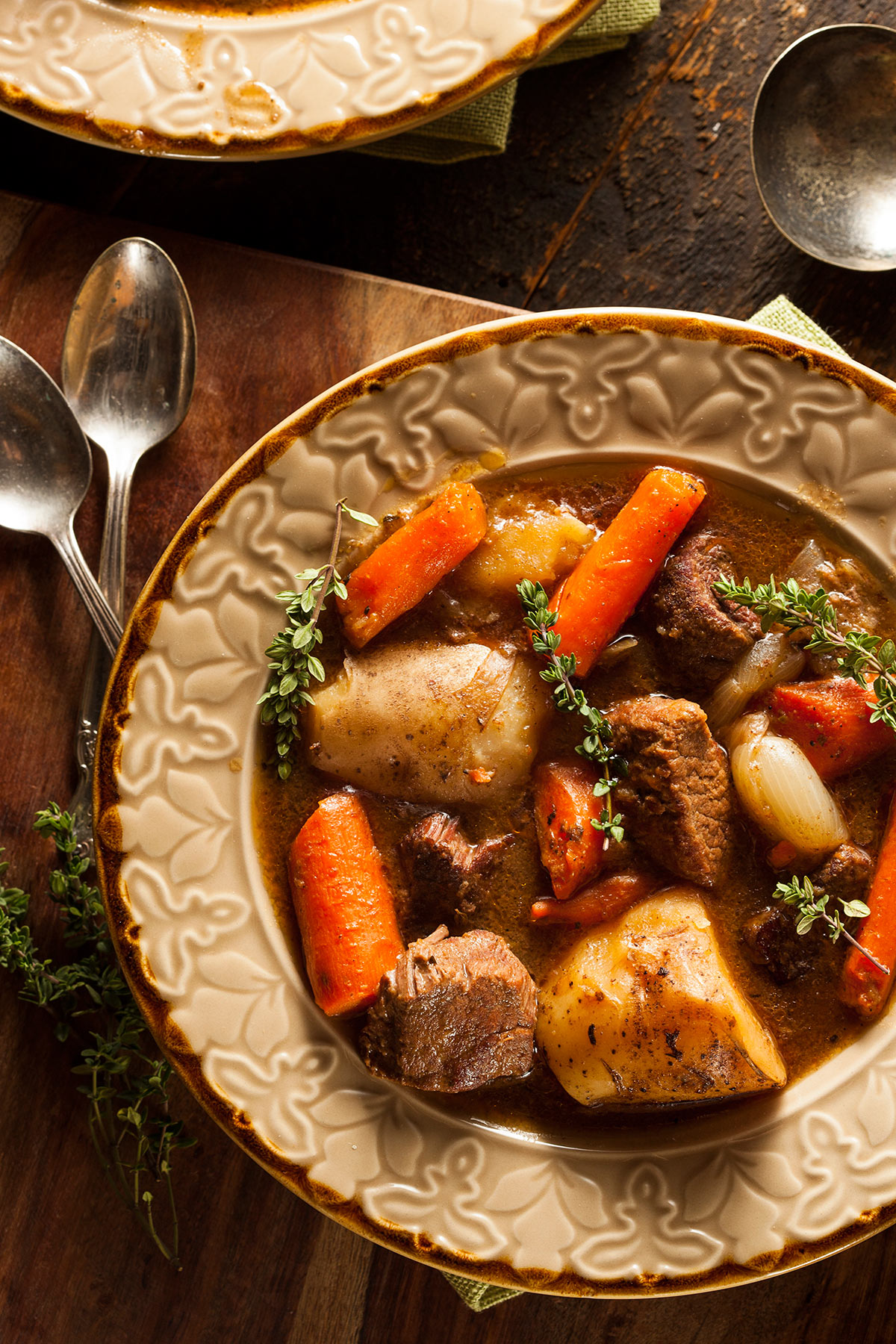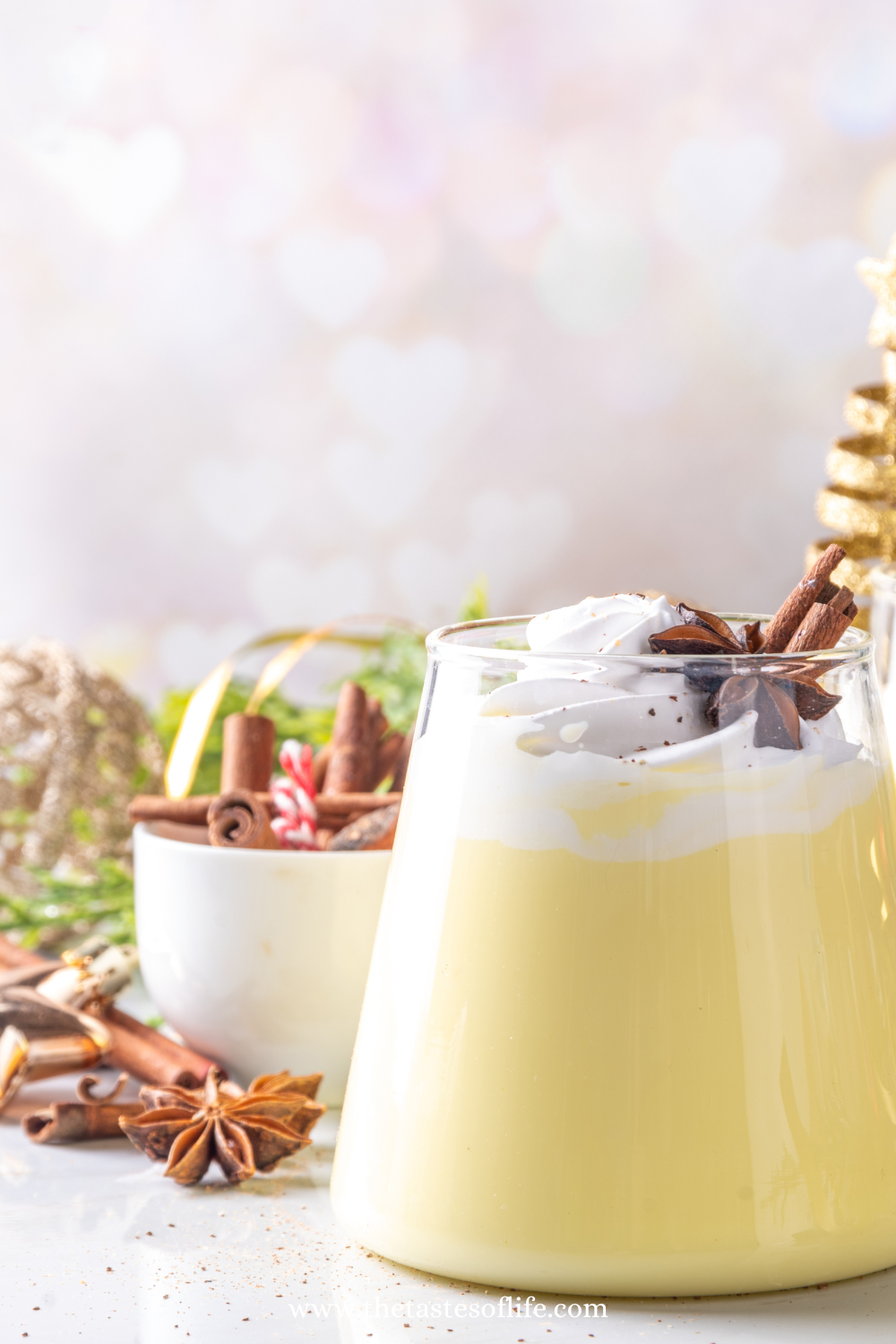Cinnamon the King of Winter Spices
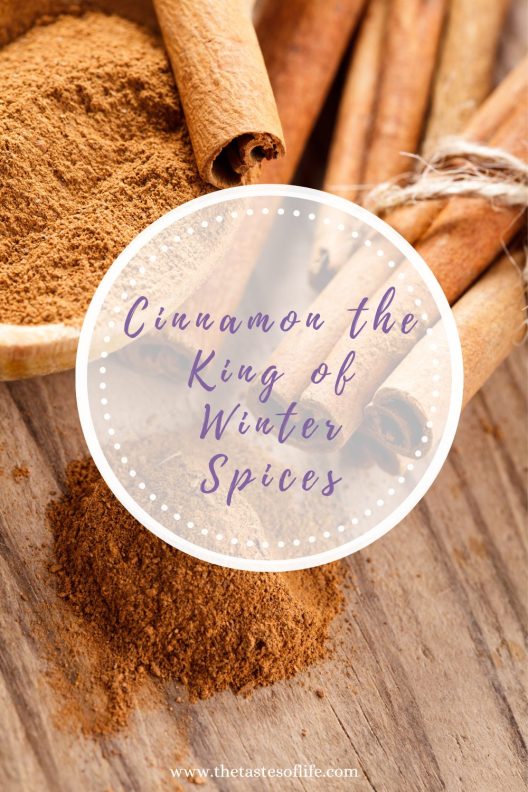
The Super Spice of Winter with Incredible Health Benefits
Did you know that Cinnamon can help get rid of a common cold? It can be used as a blood thinner, help balance your blood sugar, and be used as a fungicide. It also helps with hormone balance.
Cinnamon is the most loved spice in the world, and it is one of my favorite spices to use, especially during winter. Cinnamon has been used for holiday cooking for centuries. Chefs and cooks add it to apple pies, pumpkin pies, apple crisps, strudels, mulled cider or wine, and more. It is widely used in Middle Easter and Moroccan cuisine as well as Mexican.
The sweet, spicy, bitter, and pungent flavor makes a Cinnamon perfect complement to winter foods such as baking, moles, stews, soups, curries, casseroles, and hot beverages like coffee or hot chocolate. You can also add it to fruit salads, yogurts, granolas, smoothies, and black beans.
The best tip you ever get is to grind your spices to use. You can grind your own spices using a blender, electric coffee grinder, spice grinder, or food processor. There are also several manual methods for grinding spices by hand. These methods include using a mortar and pestle, a rasp grater, and a rolling pin.
I always grind my spices fresh because you get the freshest flavor. The aroma is wonderful; trust me, you will never go back to store-bought ground spices again. I have a designated coffee grinder for my spices, and I only grind small quantities. Freshly ground cinnamon smell and taste amazing! Ground cinnamon is best suited for quick cooking foods, or you can add it at the end of cooking for better flavor. This way, you get a bolder flavor. Whole Cinnamon can be used in longer cooking dishes like curries, stews, ciders, baked meat, etc. Whole Cinnamon gives a more subtle flavor.
Interesting fact: fat helps activate cinnamon flavor, and it helps to keep the flavor for a longer time. So use any fat, like ghee, avocado oil, coconut oil, or butter, when you cook with Cinnamon. The fat is also used in the Indian technique called Tarka. The whole Cinnamon is fried in oil or clarified butter to impart flavor to the fat before cooking with it.
Cinnamon comes from the bark of the tree native to Ceylon (Sri Lanka) and from other species like Cinnamomum, such as camphor and cassia. The tree bark oil contains the active ingredient called cinnamaldehyde, which gives Cinnamon its flavor and aroma. Cinnamon gives you a feeling of warmth and comfort.
The Cinnamomum verum is known as ‘true cinnamon’ or ‘Ceylon cinnamon,’ and it comes from Sri Lanka. The other commercially available Cinnamon is ‘Chinese cinnamon’ or ‘cassia’, harvested from the Cinnamomum cassia tree. The two are slightly different in appearance; Cassia is reddish brown with a hard, woody texture, while true Cinnamon is light brown and crumbly. True Cinnamon is subtler and more aromatic, while cassia is more pungent and spicier and retains its flavor better during cooking.
Ceylon Cinnamon
– Color: tan brown
– Easily broken and fragile
– Sweet and delicate, sent with some clove notes
– Much more expensive
– Paper-like thin with multiple layers when rolled up
Cassia cinnamon
– Color: Reddish, dark brown
– Super tough, very difficult to grind it to a powder
– Full-bodied, pungent taste
– Easily available and inexpensive
– Think back with a few layers when rolled up
How to store it?
Like I said before, Cinnamon is best when freshly ground! But if you don’t have time to grind it every time you want to use it, grind enough that it will last like two weeks and store it in a glass container in a cool dark place.
The Cinnamon will last for about four months, but it will not have such a distinctive flavor, and it will lose its potency and aroma. Cinnamon sticks can last one year, kept in a glass jar. To extend the shelf life, you can store it in the refrigerator.
Health Benefits of Cinnamon
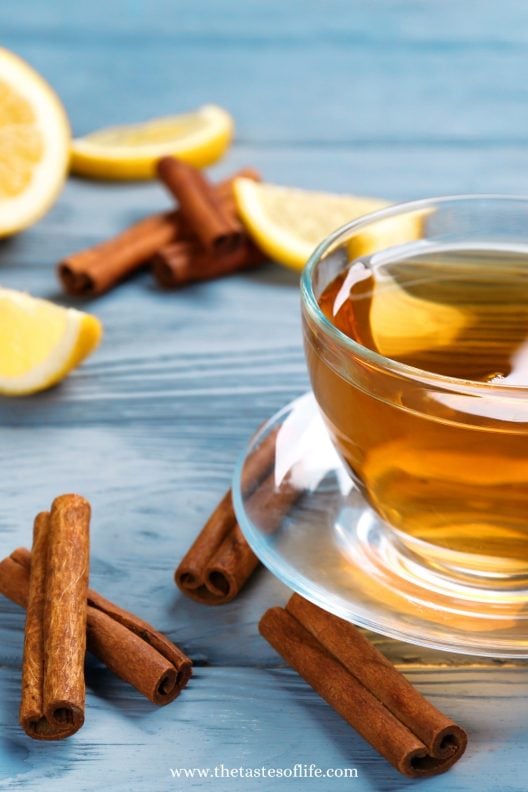
There may also be health benefits to consuming Cinnamon. It is an anti-inflammatory and contains antioxidants that protect your cells from damage and can help to prevent disease. It also has anti-microbial properties, which could effectively fight infections caused by bacteria, fungi, or viruses.
Cinnamon may benefit people with type 2 diabetes because it increases the body’s sensitivity to insulin – the hormone responsible for transporting sugar from the bloodstream to the cells, which is converted into energy. Insulin is able to move sugar around more efficiently, lowering blood sugar and helping maintain a healthy metabolism. Have you ever wondered why we add Cinnamon to desserts? Cinnamon is added to sweets to balance the effect of sugar! My favorite thing when I lived in Poland was excellent sourdough toast with honey and Cinnamon! Yummy! A half to 1,5 teaspoons of Cinnamon a day can lower fasting blood sugar levels by 10–30%.
Be aware, though, that Casia cinnamon contains coumarin, which is a naturally occurring sweet-smelling compound found in many plants, including Cinnamon, sweet clover, and tonka beans, and it can be toxic to the liver. High amounts of coumarin can be found in cassia cinnamon, whereas the Ceylon variety generally contains only traces.
Some evidence suggests that Cinnamon may help prevent heart disease and neurodegenerative diseases. It might help lower blood pressure and can lower LDL, or ‘bad’ cholesterol, and increase HDL, or ‘good’ cholesterol, suggesting that Cinnamon could be good for maintaining a healthy heart.
Cinnamon is a dry spice that is perfect for cold and moist climates. It might help with arthritis and muscle cramping, which usually gets worst during rainy and cold weather.
Cinnamon oil calms the nervous system. Cinnamon oil can be used as an antifungal and to treat trash and yeast infections. Cinnamon is also helpful in treating Helicobacter pylori bacterial infections, which can cause ulcers. Studies have shown that Cinnamon helps lower blood lipids, triglycerides, and cholesterol.
Cinnamon can also be used as a gargle to treat sore throats.
Cinnamon is carminative ( gas-reliever), antifungal, antibacterial, an astringent (tissue-tightener), and analgesic (pain-reliever).
In traditional Chinese medicine, Cinnamon has been used for over five thousand years to cure colds.
As always, if you need clarification on something, you should consult a medical professional.
Can Cinnamon help balance your hormones?
Cinnamon has been used for hundreds of years to help with heavy menstrual bleeding (menorrhagia), including heavy bleeding due to uterine fibroids and endometriosis. It has been used known to help women with insulin resistance associated with PCOS (polycystic ovarian syndrome) and people with type 2 diabetes.
Cinnamon might be used to help with PCOS.
Insulin resistance is a massive problem with women with PCOS, and that resistance raises the body’s insulin levels. Studies have shown that using Cinnamon therapeutically can help reduce insulin resistance in women with PCOS. Cinnamon increase phosphatidylinositol 3-kinase activity in the insulin-signaling pathway. What this process does is boosts the action of the insulin. Phosphatidylinositol 3-kinase is a family of enzymes involved in cell function. Cinnamon also improves glucose levels in type 2 diabetes patients. In the studies, people with PCOS and diabetics took Cinnamon every day, and they had significantly reduced glucose. Some studies have found that Cinnamon can help reduce insulin resistance. Cinnamon helps slow food movement from the stomach to the small intestine. This process slows the breakdown of carbohydrates, vital for people with diabetes and women with PCOS.
Cinnamon is used to lower sugar cravings, and because of that, it is also helpful in weight loss. Why is it so important to keep insulin levels stable for women with PCOS? Because insulin resistance prevents the body from ovulating, and it can limit the maturation process of the released egg. Women who are insulin resistant are prone to miscarriage.
Cinnamon eases menstrual cramps and bleeding.
This herb has been used as a blood thinning agent, and it should not be used with other blood thinning medications. It has been found to inhibit thromboxane A2, a blood substance that promotes clotting. By inhibiting the thromboxane A2 substance, there is less clotting. This process will encourage healthier flow, which can be very helpful for women who suffer from heavy menstrual bleeding caused by uterine fibroids, menorrhagia, or endometriosis.
For heavy bleeding, make tea from cinnamon bark and red raspberry leaf. It will help you reduce the pain and heavy flow. Recipe below.
Cinnamon can help women with endometriosis (when the tissue in the inner layer of the uterine wall grows outside of the uterus, like on the ovaries, colon, fallopian tubes, and vagina). Endometriosis is painful, and women experience excessive bleeding. Uterine fibroids can cause excessive bleeding also.
Women also suffer from Menorrhagia, which is heavy or irregular menstrual flow. Endometriosis, fibroids, and other hormonal imbalances cause this condition. Women with this condition have ovulatory dysfunction, which means they are not ovulating correctly. Traditionally in Chinese Medicine, Cinnamon was used to bringing warmth to a cold uterus. They thought a cold uterus was congested and needed to increase circulation, which could help reduce menstrual cramping. Cinnamon can be used as a uterine tonic, affecting uterine muscle fibers. This action causes mild uterine contraction, therefore, supports bleeding. Studies have shown that a lack of uterine tone, rather than the consistency of one’s blood, can lead to menorrhagia.
Cautions: When NOT to use Cinnamon
-Cinnamon can be a blood thinner; those on blood thinning medications do best not to use it.
– Cassia cinnamon contains high amounts of coumarin. Large quantities of coumarin could be harmful and lead to nausea, lost appetite, blurred vision, loss of appetite, diarrhea, or liver damage. Use Ceylon cinnamon instead. This type of Cinnamon contains lower coumarin content.
– Do not use with ulcers.
– Do not use during pregnancy and lactation.
– Don’t take high doses for the long term. Work with a qualified natural health care practitioner, and be sure your doctor knows you are using it.

Ingredients
- 4 cinnamon sticks
- 1 liter water
- 1/8 C raspberry leaves
- Honey
- Lemon
Instructions
- Put four cinnamon barks sticks in a saucepan with 1 liter of water and cook it for 30 min on low heat. Then add 1/8 C raspberry leaves. Let it steep for 20 min: strain and some honey and lemon to taste. Enjoy!

